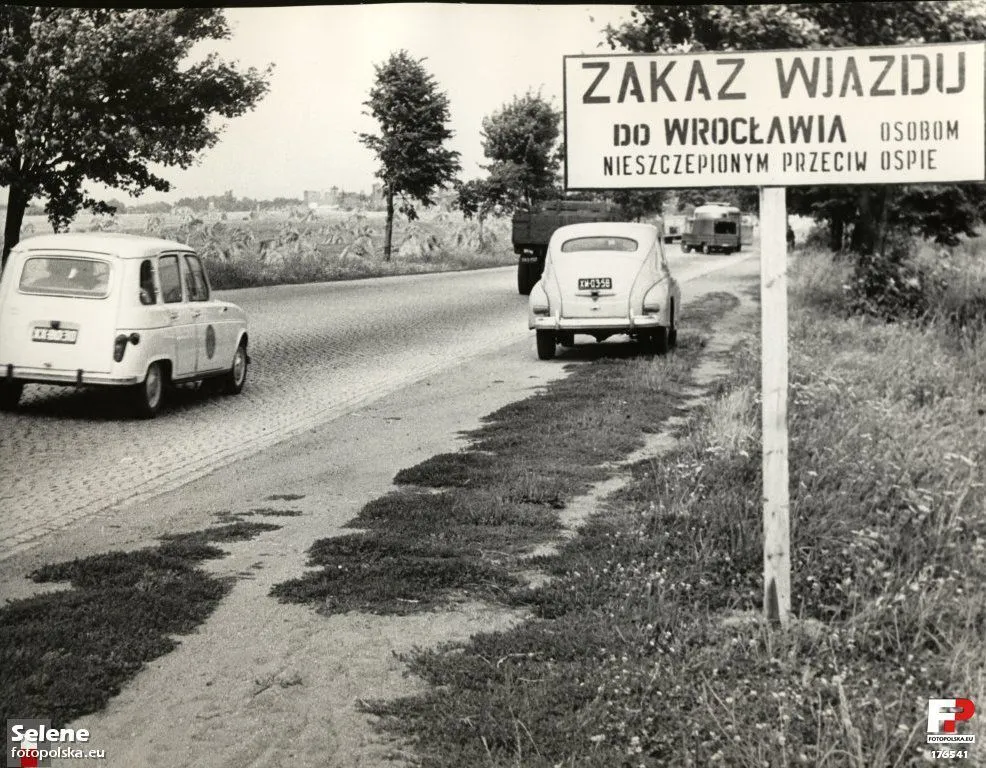Ospa appeared at the Wroclaw airport on May 22, 1963. He brought her in his lymph nodes, Lieutenant Colonel of the Special Forces, who was on business in India to inspect our diplomatic missions.2 June he was admitted to the hospital of the Ministry of Internal Affairs in Ołbińska and then to the Department of Tropical Medicine in Gdansk. Malaria was initially diagnosed. On ul. Ołbińska, however, became a virus that over time attacked the city. For 47 days paralyzed Wroclaw. The first one got ill. which cleaned the room on Olbin. Next to her hospital was her daughter and nurse from the hospital. A windbreaker was found and a black rash on the nurse's skin was interpreted as a rapid-leukemia. She first died. Next in the order was the son of a physician and a doctor diagnosing the disease. Result - windbreaker.

On the trail of pox, however, he directed Wroclaw doctors 4-year-old boy, who appeared on the skin and who has already passed a windbreaker. All these unprecedented cases in the logical epidemic chain were joined by Dr. Bogumił Arendzikowski from the Municipal Sanitary and Epidemiological Station in Wroclaw. The official letter was sent to his boss on July 15, 1963. The media was silent and the pox attacked the next droplet. Three hospitals have been closed and isolated in which outbreaks have been identified. Restrictions and rigors of the state of emergency have been introduced. Vaccination and isolation of persons suspected of being infected have become compulsory. This state lasted until September 19th when it was canceled. In total, 99 people became ill. Died 7. The action touched the whole of Poland, 5 thousand people were isolated, 8 million Poles were implanted in this 2 million in Lower Silesia and half a million in Wroclaw itself. Based on these events, a film by Roman Załuski "Zaraza" was created.
